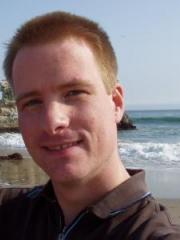The detection of neutrinos with IceCube has cracked open a new window in astrophysics at the TeV-PeV energy scale. The revelation of a relatively hard neutrino spectrum and the unknown origin of the flux are two motivations to extend neutrino measurements to even higher energies, the ultra-high-energy (UHE) regime above 1e7 GeV. Another reason to build UHE neutrino detectors is cosmogenic neutrinos, which hold the key to the composition of UHE cosmic rays and their sources. Furthermore, by combining measurements from detectors that are sensitive to different neutrino flavors, it will be possible to search for new fundamental particle physics beyond the standard model.
The seemingly preferred way to search for UHE neutrinos nowadays is with radio detectors employed in ice (e.g., ARA and ARIANNA), on balloons (ANITA), or by pointing antennas at mountainous terrain (GRAND). An alternative detection technique is imaging of air showers. These instruments are sensitive to the Cherenkov and fluorescence emission from neutrino induced particle showers in the atmosphere. In this talk, I show that imaging detectors are a viable and more cost-effective alternative UHE neutrino instruments if appropriately designed. In this talk, I present the design of TRINITY, a system of six Cherenkov telescopes. I discuss the sensitivity of the system, how to build it, and address operational constraints.
Event Details
Date/Time:
-
Date:Tuesday, January 21, 2020 - 3:00pm
Location:
Boggs Building Vizlab 1-44
For More Information Contact
Prof. Deirdre Shoemaker



